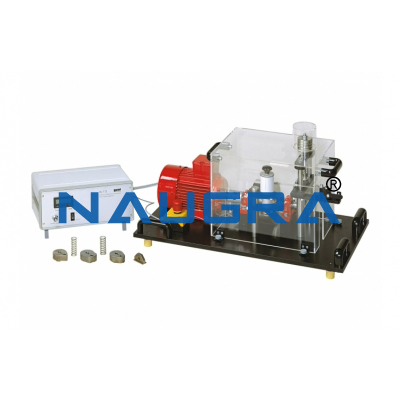- Workshop Tools and Workshop Machines India: buy@naugra.com

Investigation Of Cam Mechanisms .
Investigation Of Cam Mechanisms
Cam Mechanisms play an important role in the conversion of rotary motion into oscillatory motion. The most common application of cam mechanisms is the activation of valves in engines. This application is highly dynamic: valves must be opened and closed in very quick succession. The contact between the valve and a cam must not be lost, otherwise it would result in uncontrolled oscillations, valve float and possible damage to the engine.
Learning Objectives And Experiments
Features
